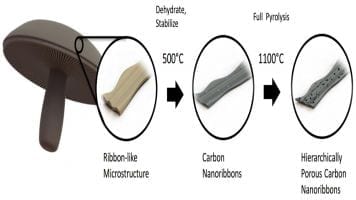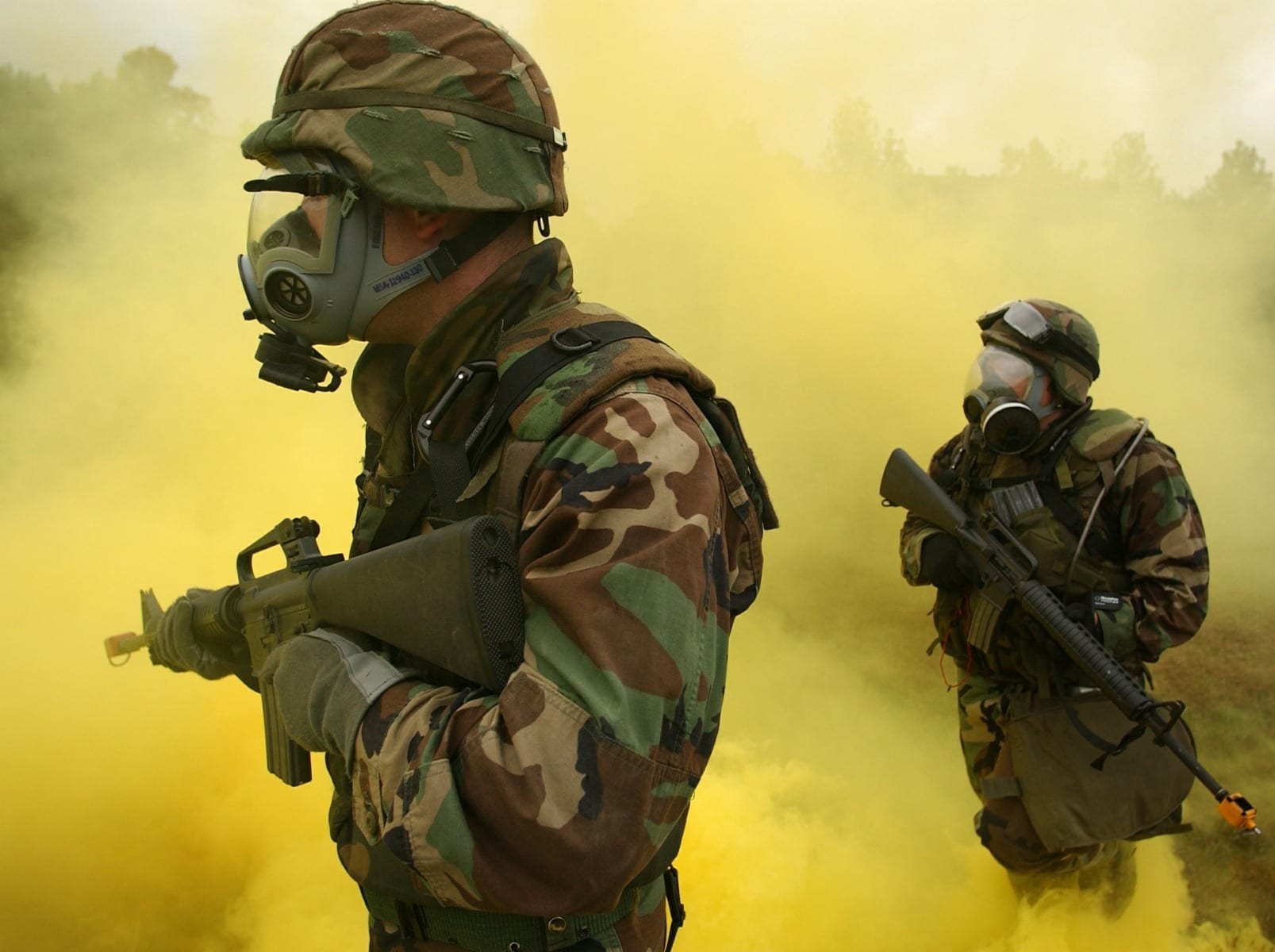
CREDIT
QMUL
Researchers at Queen Mary University of London (QMUL) have developed a way of assembling organic molecules into complex tubular tissue-like structures without the use of moulds or techniques like 3D printing.
The study, which will appear on Monday 28 September in the journal Nature Chemistry, describes how peptides and proteins can be used to create materials that exhibit dynamic behaviors found in biological tissues like growth, morphogenesis, and healing.
The method uses solutions of peptide and protein molecules that, upon touching each other, self-assemble to form a dynamic tissue at the point at which they meet. As the material assembles itself it can be easily guided to grow into complex shapes.
This discovery could lead to the engineering of tissues like veins, arteries, or even the blood-brain barrier, which would allow scientists to study diseases such as Alzheimer’s with a high level of similarity to the real tissue, which is currently impossible. The technique could also contribute to the creation of better implants, complex tissues, or more effective drug screening methods.
Alvaro Mata, Director of the Institute of Bioengineering at QMUL and lead author of the paper, said: “What is most exciting about this discovery is the possibility for us to use peptides and proteins as building-blocks of materials with the capacity to controllably grow or change shape, solely by self-assembly.
Read more: Self-assembling material that grows and changes shape could lead to artificial arteries
The Latest on: Protein/peptide system
[google_news title=”” keyword=”protein/peptide system” num_posts=”10″ blurb_length=”0″ show_thumb=”left”]
via Google News
The Latest on: Protein/peptide system
- Tsetse fly protein provides anticoagulant with its own on-off switchon April 30, 2024 at 8:50 am
Researchers at the University of Sydney and University of Geneva have developed a new anticoagulant, whose anticlotting action can be rapidly stopped "on demand." The result could lead to new surgical ...
- Imaging Technique Shows New Details of Peptide Structureson April 29, 2024 at 8:51 am
A new imaging technique developed by engineers at Washington University in St. Louis can give scientists a much closer look at fibril assemblies, stacks of peptides like amyloid beta, most notably ...
- Unlocking Alzheimer’s: New Study Reveals Early Stage Mechanismson April 27, 2024 at 11:52 am
APP-CTFs interfere with the communication between organelles, disrupting cellular balance. Alzheimer's disease (AD) continues to be a significant and widespread neurodegenerative condition, impacting ...
- Imaging technique shows new details of peptide structureson April 26, 2024 at 10:02 am
A new imaging technique developed by engineers at Washington University in St. Louis can give scientists a much closer look at fibril assemblies, stacks of peptides like amyloid beta, most notably ...
- UW's Baker Lab researchers make AI strides in drug-like peptideson April 25, 2024 at 10:59 am
In recent years, artificial intelligence programs for drug design have steadily shown they can help explore far beyond just small-molecule drugs—by illuminating how proteins fold and interact, all | ...
- Panjab University gets patent for dual-function novel peptideon April 24, 2024 at 8:00 pm
PSA is used for early diagnosis of prostate cancer in the healthcare system and semen detection in sexual assault cases ...
- The 23 Best Wrinkle Creams in 2024on April 22, 2024 at 1:59 pm
Branded content. Us Weekly has affiliate partnerships so we may receive compensation for some links to products and services. As we age, our skin loses its elasticity and firmness, which often leads ...
- Umbrella Labs Unveils Game-Changing 6C Peptide Liquid Spray, Redefining Precision in Peptide Researchon April 18, 2024 at 4:44 pm
A Beacon for Innovation in SARMs and Peptides Research - The intersection of scientific inquiry and biotechnological innovation is a crucible for progress, and the recent unveiling of Umbrella Labs' ...
- Enterome Announces Successful Completion of Phase 2 ROSALIE Study of EO2401 in Recurrent Glioblastomaon April 17, 2024 at 5:00 am
EO2401, a pioneering OncoMimics™ peptide-based immunotherapy, has demonstrated rapid activation and significant expansion of existing effector ...
- April Early Career Academics Seminar on Protein and Peptide Scienceon April 12, 2024 at 6:00 am
1 By connecting amphipathic helices via an intrinsically disordered linker and tuning helix-helix interactions, we created an artificial peptide tag (HERD-2.2), which allowed formation of protein ...
via Bing News










